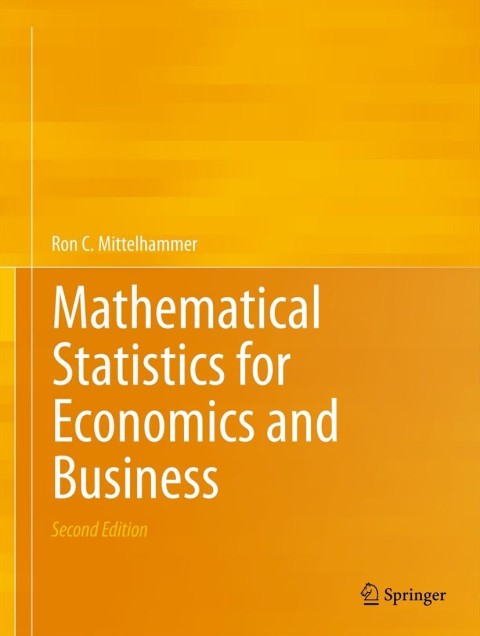The yield, in bushels per acre, of a certain type of feed grain in the midwest can
Question:
The yield, in bushels per acre, of a certain type of feed grain in the midwest can be represented as the outcome of the random variable \(Y\) defined by \(Y=3 x_{l}^{30} x_{k}^{45} e^{U}\)
where \(x_{1}\) and \(x_{k}\) are the per acre units of labor and capital utilized in production, and \(U\) is a random variable with probability density function given by \(f(u)=2 e^{-2 u} I_{(0, \infty)}(u)\).
The price received for the feed grain is \(\$ 4 /\) bushel, labor price per unit is \(\$ 10\), and capital price per unit is \(\$ 15\).
(a) What is the expected yield per acre?
(b) What is the expected level of profit per acre if labor and capital are each applied at the rate of 10 units per acre?
(c) Define the levels of input usage that maximize expected profit. What is the expected maximum level of profit?
(d) The acreage can be irrigated at a cost of \(\$ 125\) per acre, in which case the yield per acre is defined by \(Y=5 x_{l}^{30} x_{k}^{45} e^{U}\).
If the producer wishes to maximize expected profit, should she irrigate?
Step by Step Answer:

Mathematical Statistics For Economics And Business
ISBN: 9781461450221
2nd Edition
Authors: Ron C.Mittelhammer





